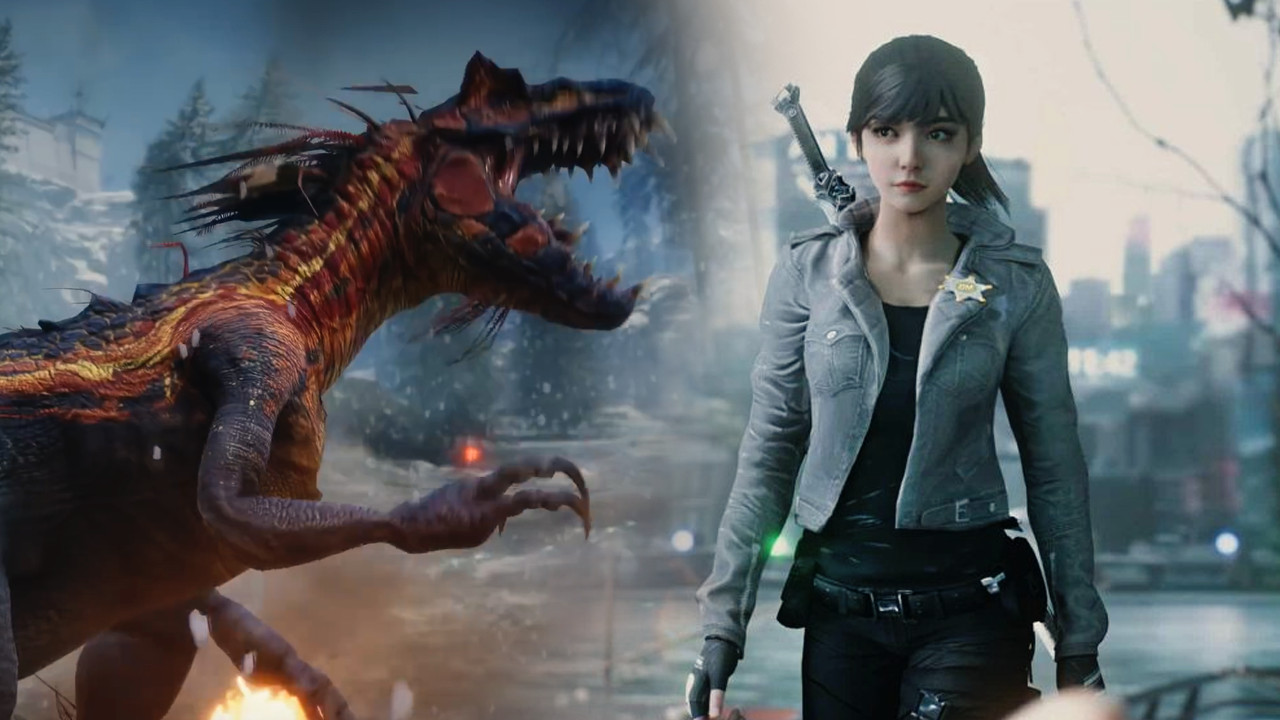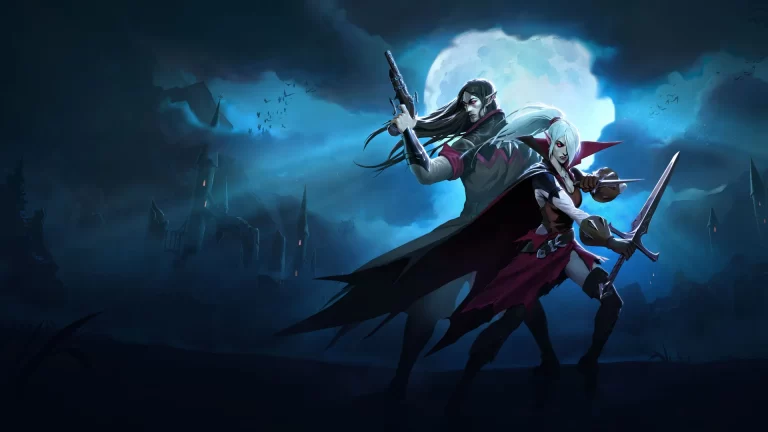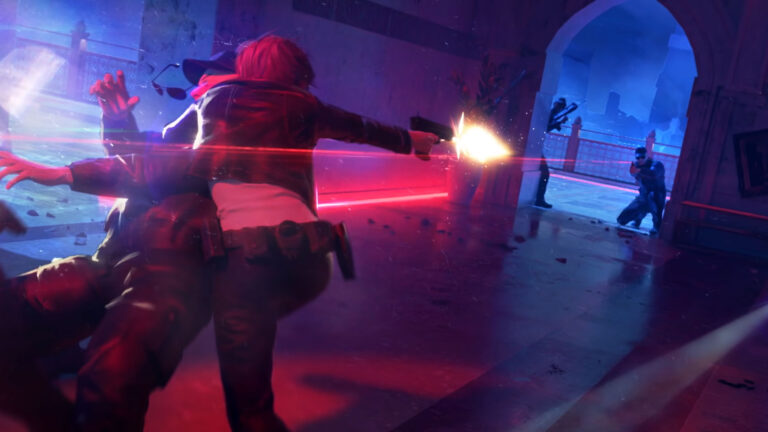Cross-gen titles have always existed. Sonic the Hedgehog and Streets of Rage, while gaining notoriety as Genesis games, also launched on the Sega Master System. Sports titles always release on multiple generations for years. FIFA 14 released across PlayStation 2, 3, and 4, for example. However, the modern conception of cross-gen began in earnest with the PlayStation 4 and Xbox One.
https://youtu.be/cbzQrJTBRBc
How Cross-Gen Changed
Cross-gen games in the industry’s early years are unrecognizable from what consumers associate the term with today. In 2020, cross-gen implies the same game is playable across multiple generations of platforms with only graphics and frame rates acting as the differentiating factors. Cross-gen titles are built with the lowest spec machine in mind, scaling up with better hardware.
Early cross-gen titles, however, come in two flavors:
- Games built for the higher-spec machine, with attempts made to retrofit it onto an inferior console
- Unique games made for lower-spec hardware utilizing the same title to capitalize on uninformed consumers
The Dark Ages of Cross-Gen
These were some of the industry’s darkest times. While original games’ visions weren’t compromised for the sake of older systems, high to low-spec retrofitting resulted in ports so bad they could muddy the true version’s reputation for unaware customers. The Master System Streets of Rage port embodies this conundrum with horrible hit detection and constant screen flickering.
In 1993, Little Timmy must have been so happy to see Streets of Rage at the video store after reading about it and its sequel in magazines. Timmy wasn’t able to afford a Genesis at the time, but now he had the chance to play one of the iconic beat ‘em ups! Unfortunately, that version was so butchered it might as well have not existed. Little Timmy hated the game so much because none of his punches and kicks registered that he ignored the series until his teen years, whereby he found out the Genesis version was the proper way to play the game he hated all those years ago.
Not every consumer keeps up with industry news or educates themselves on the products they buy. Because of this, a bad first impression from a butchered port on a platform not meant to run that game could alienate potential fans from future installments.
Conversely, the Sonic The Hedgehog franchise got the right idea. Sonic on the Genesis is THE quintessential Sonic experience, however, the Sonic Master System and Game Gear titles succeeded because they weren’t simple ports. Despite differences in sprite work, camera view distance, and jump heights, the Game Gear and Master System Sonic games feature identical level design. Both 8-bit Sonic iterations were built from the ground up after realizing the futility of down-porting from the Genesis.
The 8-bit Sonic games stand as companion pieces to the full course meal, with different levels and unique mechanics. This approach works, but it’s also risky. Despite their quality, they don’t stand up to the proper games. They’re fine first impressions, but don’t capitalize on the core installments’ strengths, meaning someone not knowing any better may ignore the opportunity to buy a Genesis copy down the line, operating under the assumption it is the same game with better graphics.
Cross-Gen isn’t all Bad
Negativity surrounds cross-gen games because consumers want titles that show off their hardware’s potential. The nature of cross-gen development makes that impossible, however, the transition from eighth to ninth-gen is sure to be the smoothest in history.
In years past, triple-A games often released weeks or months before new consoles. Gamers needed to make a conscious decision between buying the inferior version day one or waiting for the shinier iteration.
While Sony’s radio silence is worrying, Microsoft’s transparency concerning its smart delivery system trivializes the situation. Cyberpunk 2077 and Assassin’s Creed Valhalla utilize smart delivery, enabling developers to deliver free Series X patches to owners of the Xbox One version. Gamers no longer need to make the painstaking decision between versions of a game. If anything, these free patches are excellent advertising because they allow consumers to see the benefits first-hand.
Modern games contain such high quality assets that internet video compression does little to sell them. Many Xbox One X games showcase a night and day difference in person over the base system, but the resolution boost combined with high frequency details such as higher resolution texture packs are impossible to show in their best light through compressed internet footage.
Another benefit stems from the consoles’ touted 8K support. Realistically, few triple-A games will push resolutions past 4K, but resolutions in the 4-8K range are feasible for cross-gen titles. While these games may not push the highest fidelity assets, they’ll showcase the generation’s sharpest image quality; something that will degrade over time as games push the consoles harder over the years. With ray-tracing, especially, expect next-gen systems to utilize a combination of dynamic resolution scaling, variable rate shading, and reconstruction techniques to eke the most performance possible. With cross-gen games, though, incredible image quality is guaranteed.
The Downside to Cross-Gen Development
On the flip-side, cross-gen development necessitates compromise. Modern engines are built with more scalability than the past, but that scalability has its limits. Assassin’s Creed Valhalla on Series X and PlayStation 5 will probably showcase a similar upgrade to that of AC 4’s current-gen versions. Higher resolution textures here and there, a higher rendering resolution, more dynamic world elements, and some extra effects. It’ll be enough to enhance the experience, but not enough to justify the console’s price tag.
Cross-gen development’s biggest concern is holding game design back. With a monumental leap in cpu power and internal read, write, and seek speeds, cross-gen titles cannot make the most out of the hardware. Some upgrades, such as more physics objects in combat scenarios, are possible but others are tough to implement due to the modern approach to development. Triple-A developers don’t want older customers to feel short-changed; therefore, significant changes such as more advanced AI, more active AI on-screen, more ambitious level design, and more complex animations won’t make the cut.
Cash cow publishers like Activision won’t create different versions of the same game to minimize development costs and maximize profit margins, while simultaneously garnering goodwill from fans yet to make the transition to better hardware.
Cross-Gen Development is Here to Stay
No matter how much disdain one may feel, cross-gen development has become a matter of logistics. With smaller install bases, companies aren’t going to make every new title a next-gen only release. To maximize on profits, the higher install base needs to be elucidated. It’s a sad reality, but expect cross-gen games for the next two to three years. Considering how significantly COVID may impact hardware manufacturing for Microsoft and Sony, ninth-gen consoles might take longer to reach acceptable install bases, prolonging the cross-gen period.
However the situation shakes out, it’s okay to be disappointed while maintaining optimism.
No related posts.






